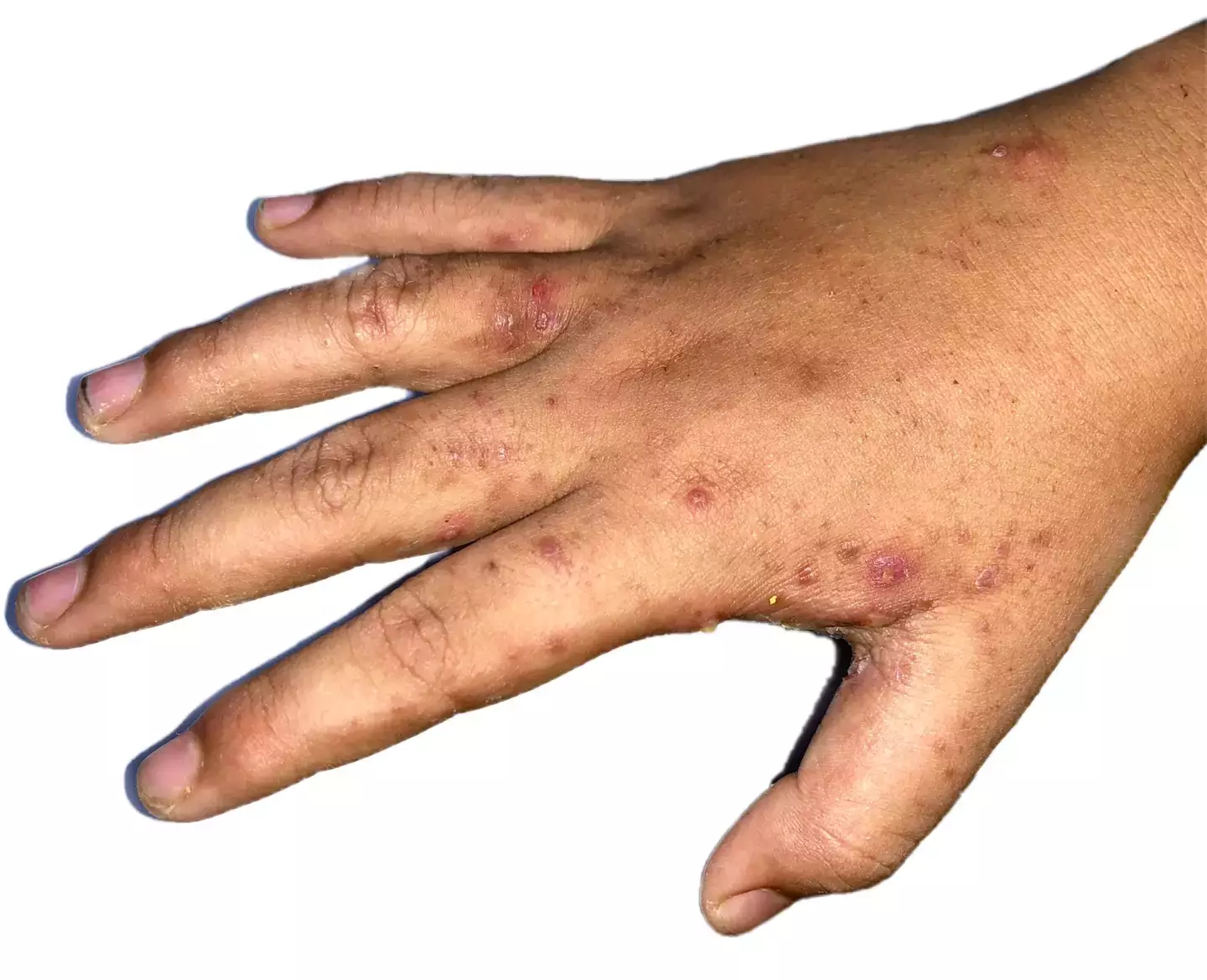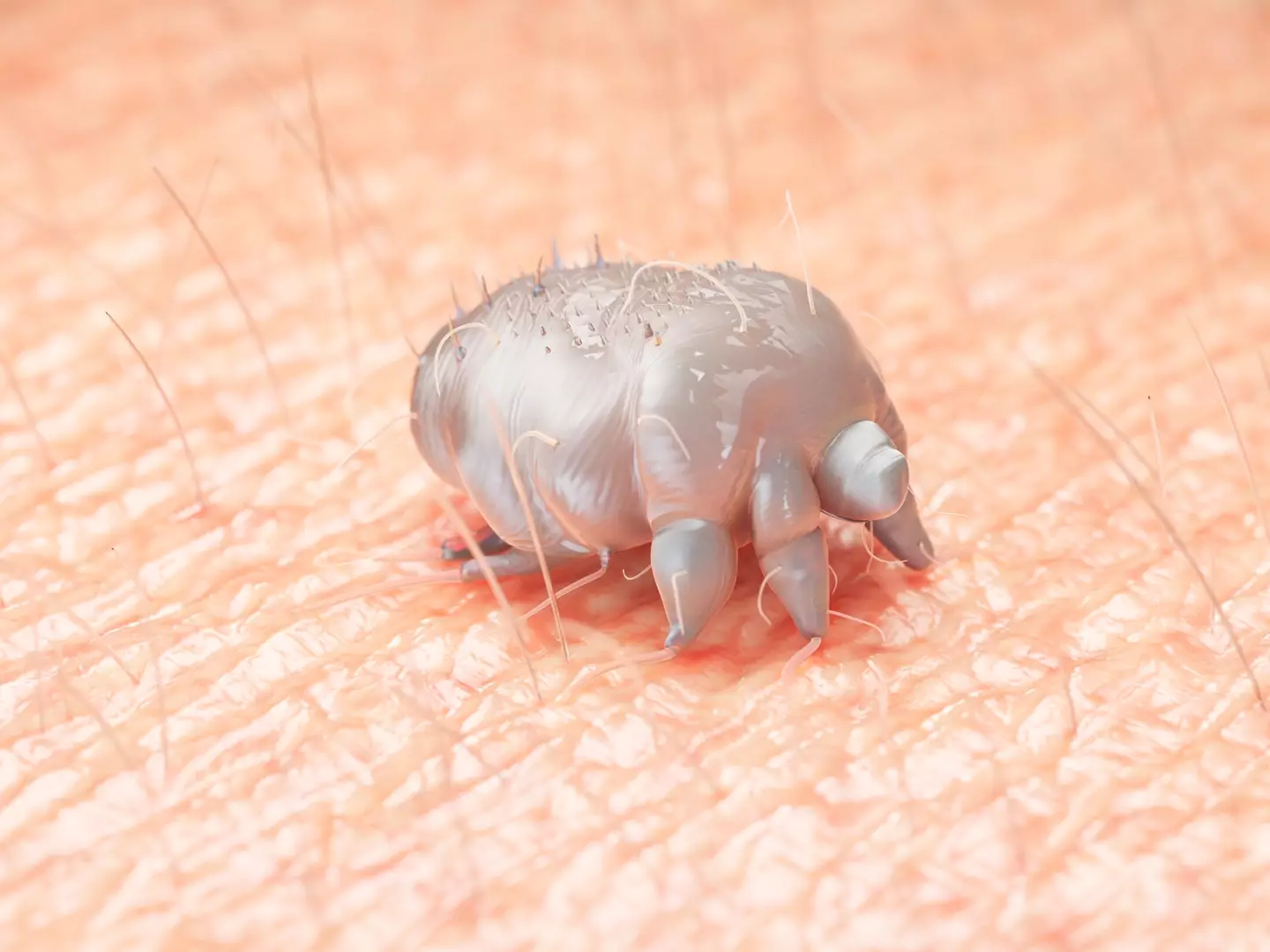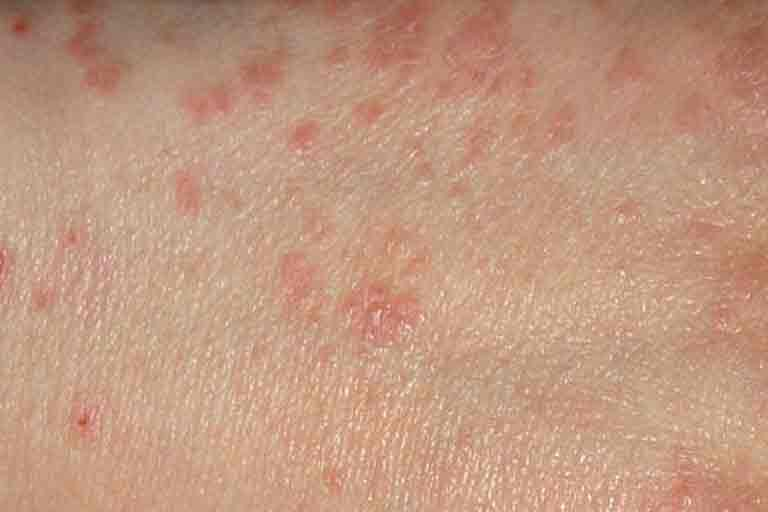The UK is currently facing an unsettling resurgence of diseases that were thought to be relics of the past. Dubbed “Victorian diseases,” these illnesses were once prevalent in the 19th century, often linked to poverty, malnutrition, and lack of hygiene. Today, they are making a troubling comeback. Despite advancements in modern medicine, illnesses like scurvy, syphilis, and scabies are spreading across the country at rates not seen in decades. So, what’s causing this unexpected resurgence, and why are these old foes posing new threats?
Understanding the Return of Victorian Diseases

Diseases like syphilis, scurvy, and scabies were common during the Victorian era, a time marked by overcrowded living conditions, poor sanitation, and limited healthcare. However, thanks to medical advancements and improved living standards, these infections became rare in the 20th century. Yet, recent data shows a spike in cases, raising concerns among healthcare professionals.
Scabies: An Itchy Epidemic
Scabies, once associated with the squalor of Victorian workhouses, has made a notable return. It’s caused by tiny parasitic mites that burrow under the skin, laying eggs and leaving visible track marks that resemble tiny cuts. While scabies can be treated relatively easily with prescription creams or lotions, it can become severe if left untreated, leading to secondary infections.
- Why It’s Spreading: According to the British Association of Dermatologists, several factors contribute to the resurgence of scabies. Increased social interaction at universities, delays in treatment, and failure to isolate after noticing symptoms have fueled its spread.
- The Risks: Scabies can lead to complications like secondary skin infections if not treated promptly. It can also exacerbate pre-existing skin conditions, making it more than just an itchy nuisance.
Scurvy: A Nutritional Crisis
Scurvy, a disease caused by vitamin C deficiency, was a notorious killer among sailors and the poor in the 19th century. It leads to symptoms like weakness, gum disease, and bleeding under the skin. While it’s relatively easy to prevent by consuming fruits and vegetables, the disease is re-emerging in the UK.
- Dietary Deficiencies: The resurgence of scurvy has been linked to poor dietary habits, particularly a lack of access to fresh produce. Rising food costs and financial struggles have made it difficult for some people to maintain a balanced diet, increasing the risk of nutritional deficiencies.
- Recent Warnings: Health organizations have raised alarms about unusually high rates of scurvy, indicating that the nutritional safety net is fraying. Experts say that addressing this issue requires not just dietary changes but also better access to affordable, healthy food.
Syphilis: A Historic STI on the Rise
Syphilis, a sexually transmitted infection that was widespread during the Victorian era, is also making a comeback. Recent reports suggest that syphilis cases in the UK have reached their highest levels since 1948.
- Factors Driving the Increase: According to Chief Medical Officer Professor Sir Chris Whitty, a decline in public health funding has hampered efforts to control syphilis and other STIs. Reduced sexual health services, combined with a lack of public awareness, have contributed to the rise.
- The Dangers of Syphilis: Syphilis is a serious infection with potentially severe complications if left untreated, including organ damage, neurological issues, and even death. Effective screening, early diagnosis, and public education are critical to curbing its spread.
Why Are Victorian Diseases Making a Comeback?

The resurgence of these diseases can be attributed to a combination of social, economic, and healthcare factors. Here’s a closer look at some of the key drivers behind the return of these historic illnesses.
Economic Struggles and Access to Healthcare
The ongoing cost-of-living crisis in the UK has made it difficult for many people to afford basic necessities, including nutritious food and healthcare. Rising poverty rates, coupled with budget cuts to public health services, have created an environment where diseases once associated with poverty can thrive again.
- Impact of Budget Cuts: Reduced funding for public health has led to diminished resources for disease prevention, screening, and education. This gap in services has left some communities vulnerable to infections like scabies and syphilis.
- Healthcare Access: Delays in receiving medical treatment, combined with lower availability of preventive services, have contributed to the spread of these diseases.
Increased Social Interaction and Urban Density
With the easing of COVID-19 restrictions, social interactions have increased, leading to a higher risk of disease transmission. For infections like scabies, which spread through close physical contact, this has created fertile ground for outbreaks.

- Universities as Hotspots: Universities, dormitories, and other communal living spaces have become hotspots for scabies outbreaks, especially as students return to campuses after long periods of remote learning.
- Public Awareness: Delays in recognizing and treating symptoms have allowed diseases like scabies to spread rapidly, often leading to reinfection within close-knit communities.
Dietary Habits and Nutritional Deficiencies
Modern dietary habits, often marked by processed foods and limited access to fresh produce, have contributed to the resurgence of nutritional diseases like scurvy.
- Rising Food Insecurity: With inflation driving up food prices, some households are struggling to afford fresh fruits and vegetables, increasing the risk of vitamin C deficiency.
- Educational Gaps: A lack of public awareness about the importance of a balanced diet has also played a role in the reappearance of scurvy. Public health campaigns emphasizing nutrition may be necessary to reverse this trend.
The Role of Public Health Measures
Addressing the resurgence of Victorian diseases requires a multi-faceted approach, combining medical treatment, public education, and improved access to healthcare services. Here are some measures that can help curb the spread:
1. Improved Healthcare Access

Ensuring timely access to medical treatment is crucial. Expanding public health funding and restoring sexual health services can help identify and treat infections like syphilis and scabies more effectively.
2. Educational Campaigns
Public awareness campaigns can educate people about the symptoms, risks, and prevention of diseases like scabies, syphilis, and scurvy. Providing clear information about the importance of hygiene, safe sexual practices, and a balanced diet can empower individuals to take preventive measures.
3. Addressing Food Insecurity
Combating food insecurity is essential to reducing nutritional deficiencies like scurvy. Policies that support affordable access to fresh produce, along with food assistance programs, can make a significant impact on public health.
Conclusion: Victorian Diseases in Modern Times
The resurgence of diseases like scabies, scurvy, and syphilis in the UK is a stark reminder that public health challenges are not confined to the past. These illnesses, once thought to be relics of the Victorian era, are making a comeback due to economic struggles, reduced healthcare access, and changing social behaviors. By addressing the root causes and implementing preventive measures, the spread of these diseases can be curtailed, ensuring that history does not repeat itself. As the winter months approach, the need for increased vigilance and public awareness becomes even more critical.


